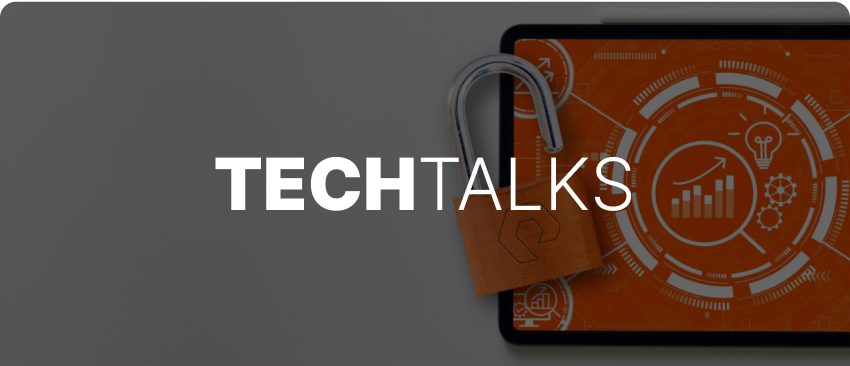量子コンピューティングとは、量子力学(量子物理学ともいう)、すなわち原子および亜原子レベルの現象の記述を利用して、コンピュータの処理能力と速度を劇的に向上させるテクノロジーです。
量子コンピューティングはなぜ重要か?
通常のコンピュータでは何百万年もかかる処理が、量子コンピュータではわずか数秒で完了します。量子コンピューティングの最大のメリットは、コンピューティング・プロセスの高速化です。量子コンピューティングを利用することで、コンピューティングを大幅に強化できることになります。高速なコンピューティングが活躍する分野は極めて広く、サイバーセキュリティの強化、顧客エクスペリエンスの改善など、一定レベル以上の結果や答えを迅速に引き出すために大きなコンピュート能力を必要とするもの全てが対象となります。
量子コンピューティングは、機械学習と AI の発展においても重要な役割を担います。量子コンピュータは、驚異的な速さで無限のシナリオを実行できるため、どのような目標や作業を与えられた場合でも、考えうる最高の状態に進化する方法を自ら学習する能力を持っています。
量子コンピュータの仕組みとは?
古典的なコンピュータは、1 または 0 のいずれかの値を表すトランジスタを使用して情報処理を行います。一方、量子コンピュータは、1 と 0 の状態が同時に存在しうる量子ビットを使用します。接続するトランジスタの数を増やすと、処理能力は直線的に向上します。しかし、量子コンピューティングでは、量子ビットを増やすと、処理能力が指数関数的に向上します。これが量子ビットの力です。量子ビットは、量子情報の基本単位であり、量子コンピュータの動作に不可欠です。
量子コンピュータティングの価値と仕組みを簡単に理解するには、コインを思い浮かべるとよいかもしれません。コインには 2 つの面があり、表と裏という値があります。コインは、トスすると、回転して両方の値(表と裏)を交互にとりながら、しばらくの間空中にとどまります。通常のコンピュータは表か裏かを読み取ることしかできません。したがって、空中で回転しているコインが表す情報を処理することができません。一方、量子コンピュータは、回転している状態そのものを、コインが同時に表と裏であるという値として読み取ることができます。
ここに重要な意味があります。例として、1 と 0 のみを使用する 4 桁の PIN を考えてみます。この PIN を特定するには、通常のコンピュータは 1 と 0 しか読み取ることができないため、正しい値に到達するまで、4 つの数字スロットのそれぞれの可能性(1 または 0)を全て調べて可能性を排除していく必要があります。一方、量子コンピュータでは、同一空間内で 1 と 0 を重ね合わせて計算できるため、全可能性を一度に処理できます。
量子コンピューティングの限界と課題とは?
物理学者リチャード・ファインマンが初めて量子コンピューティングのアイデアを提案してから約 40 年が経過し、量子コンピューティングがどのような問題に適しているかの解明は大きく前進しました。しかし、前述のサイバーセキュリティや機械学習のユースケースでの実用化が可能になるレベルまで量子コンピューティングが進化し、また、受け入れられるには、まだ長い道のりがあります。
また、チェスのゲーム、航空便のスケジューリング、定理の証明などの比較的単純なユースケースでも、量子コンピュータは、少なくとも現時点では、古典的なコンピュータと同様に、多くのアルゴリズム上の制約を受けています。
これらの実務上の制限に加えて、デコヒーレンスをはじめとする、量子コンピュータを構築する際の課題もあります。デコヒーレンスとは、「量子力学的重ね合わせ」の位相関係が外的要因によって壊れた状態を意味します。
制限事項や課題はあっても、量子コンピューティングは、コンピュータ・サイエンスの未来を担うテクノロジーの 1 つとなるでしょう。コンピュータ処理能力の飛躍的な向上によるメリットを世界が享受できるよう、世界トップクラスのコンピュータ科学者が開発に尽力しています。量子コンピューティングはいま、「なぜ・何」ではなく、「いつ」の問題となっています。






